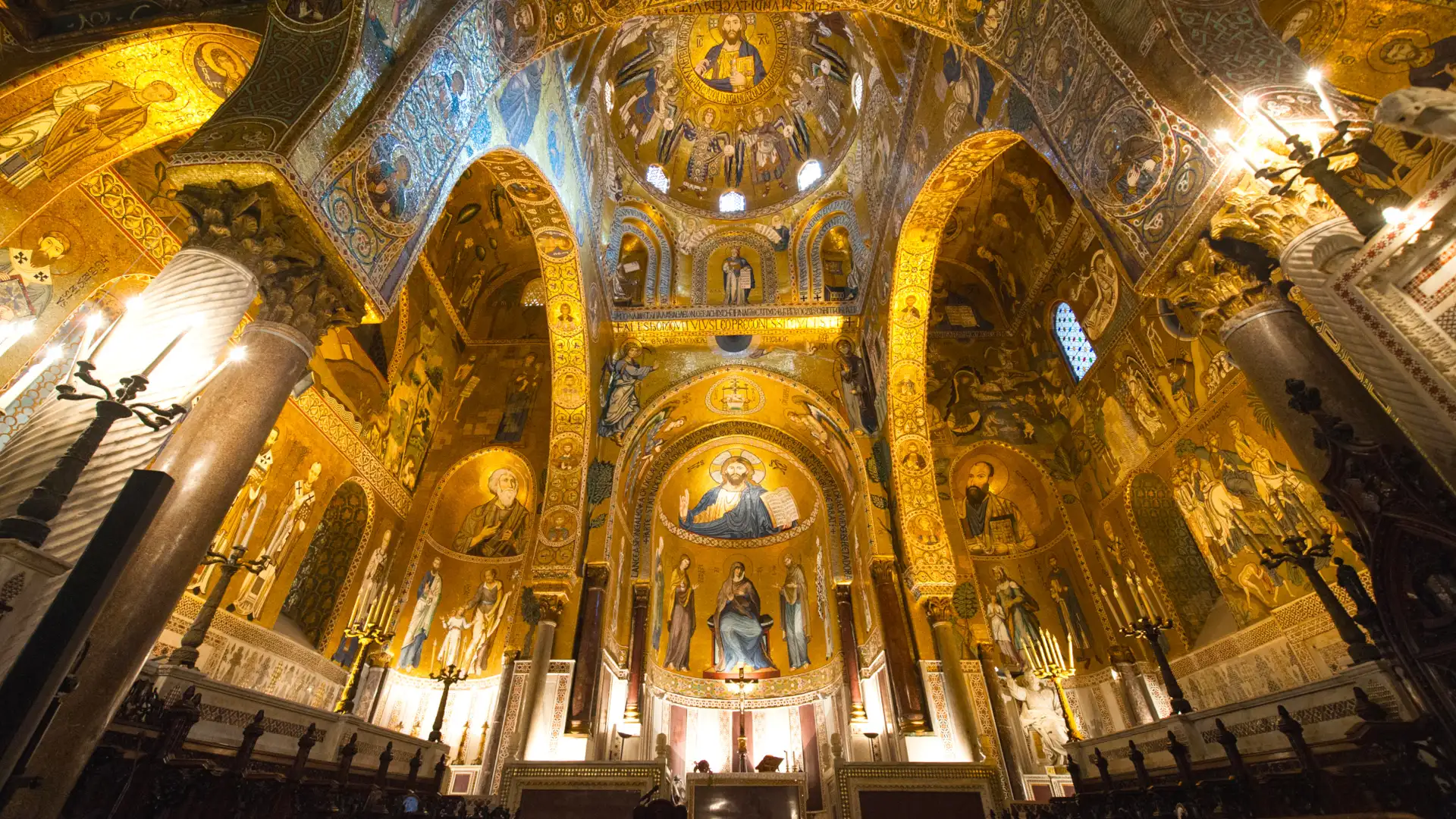PALERMO
DISCOVER THE UNESCO ROUTE, THE TEATRO MASSIMO, THE HISTORICAL MARKETS AND THE WORLD
Fall in love with Palermo in a day with Hotel Torre Bennistra’s suggestions
A city of joy and challenges, it boasts a kaleidoscope of colors and contrasts that will captivate your senses, blending light and shadow to enhance its allure, making it simultaneously more enchanting, decadent, inscrutable, and mysterious.
Palermo is a whirlwind of bustling markets, grand baroque palaces, and exquisite Byzantine mosaics. If you have just one day to explore the city, we recommend immersing yourself in its streets, squares, and street food to fully absorb the ambiance that renders it a singularly extraordinary place on earth.
THE ICONIC MONUMENT OF THE CITY
The Teatro Massimo
Begin your journey at Piazza and Teatro Politeama, then proceed to Teatro Massimo.
Styled in neoclassicism, Teatro Massimo in Palermo stands as one of the largest theaters in Europe, surpassed only by the Paris Opera and the Vienna State Opera. Its interior boasts stunning decorations and offers 30-minute guided tours.
Following a 12-year hiatus, the theater reopened in 1989, serving as the backdrop for the climactic scene of 'The Godfather Part III'. This event was followed by extensive renovations, leading to its permanent reopening in 1997.
THE HEART OF PALERMO
The Cathedral and the “Santuzza”
From Piazza Verdi, immerse yourself in the vibrant Capo market, surrounded by churches and historic buildings, colorful stalls, and street food that leads you to the Cathedral. This neighboring Arab-Norman icon of the city is a masterpiece of battlements, domes, and decorations.
Within the Archbishop’s Palace complex, you can explore the bishops' rooms, the Royal Tombs, and the treasure, which includes Constance of Aragon's jewel-encrusted crown, and enjoy panoramic views from the beautiful rooftops.
The Cathedral is also the starting point for the procession of Santa Rosalia, held annually on July 14th in honor of the "Santuzza." The city celebrates with a "feast," beginning at the Cathedral, proceeding along Corso Vittorio Emanuele, and concluding at the Foro Italico by the sea. During this event, the Cathedral's facades and courtyard are spectacularly lit with various installations.
A TREASURE INSIDE THE NORMAN PALACE
The Palatine Chapel
The Norman Palace still holds infinite beauty to be discovered, particularly its Palatine Chapel. Dating back to the 9th century, it is the oldest palace in Europe. It was named after the Norman reconstruction period, which saw the addition of mosaics and the Palatine Chapel itself. Within its walls lie the enchanting Sala dei Venti, Sala Ruggero II, and Sala d'Ercole. However, the real gem is the Palatine Chapel, erected by Roger I, adorned with exquisite mosaics, gleaming marble floors inlaid with intricate designs, and an intricate wooden ceiling.
FROM THE “QUATTRO CANTI” TO THE KALSA
A journey through art and history
As you continue your walk, you'll encounter the "quadrilateral of wonders" known as the Quattro Canti. Here lies the enchanting Piazza Pretoria with its namesake fountain, and just beside it, Piazza Bellini, home to the churches of San Cataldo and Santa Maria dell'Ammiraglio, also known as "la Martorana."
Finish your exploration of this city segment with "Casa Professa," a Baroque gem and national monument.
Remember to explore the Kalsa district of Palermo, the Cala area, and Piazza Marina, adorned with magnificent fourteenth-century edifices and the marina. The Kalsa district also boasts the captivating ruins of the church of Santa Maria dello Spasimo and some of the principal cultural landmarks of the Sicilian capital, including the Regional Gallery of Sicily at Palazzo Abatellis and Palazzo Mirto, as well as the Gallery of Modern Art.
PALERMO’S SEASIDE
Mondello
Palermo's summer is encapsulated in a single word: Mondello. It's a dreamy destination that captivates every traveler, stretching from Favorita Park to the gulf's sea, boasting numerous well-equipped beaches and open spaces at the base of Monte Pellegrino and Monte Gallo. Its beaches feature white sands and shades of turquoise that conjure up Caribbean vibes.
The area's beauty is overwhelming, with its ancient watchtower and lavish villas in Art Nouveau style.
A walk along Mondello's promenade will leave you spellbound by the "Antico Stabilimento Balneare di Mondello," also known as "Charleston," which is perched on stilts above the sea and designed by architect Rudolf Stualker. This distinctive structure stands as one of Europe's most exquisite examples of Art Nouveau architecture.
















